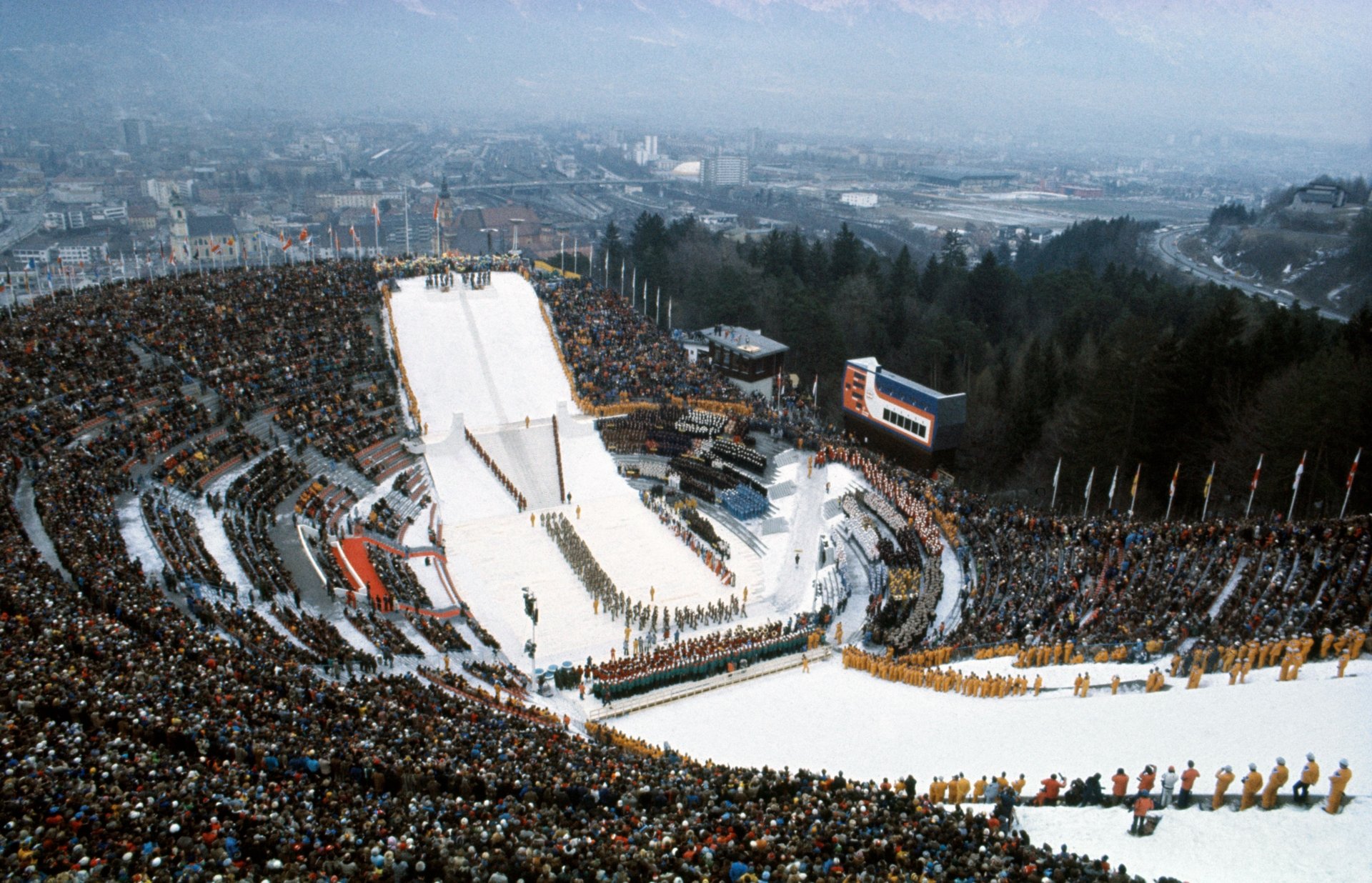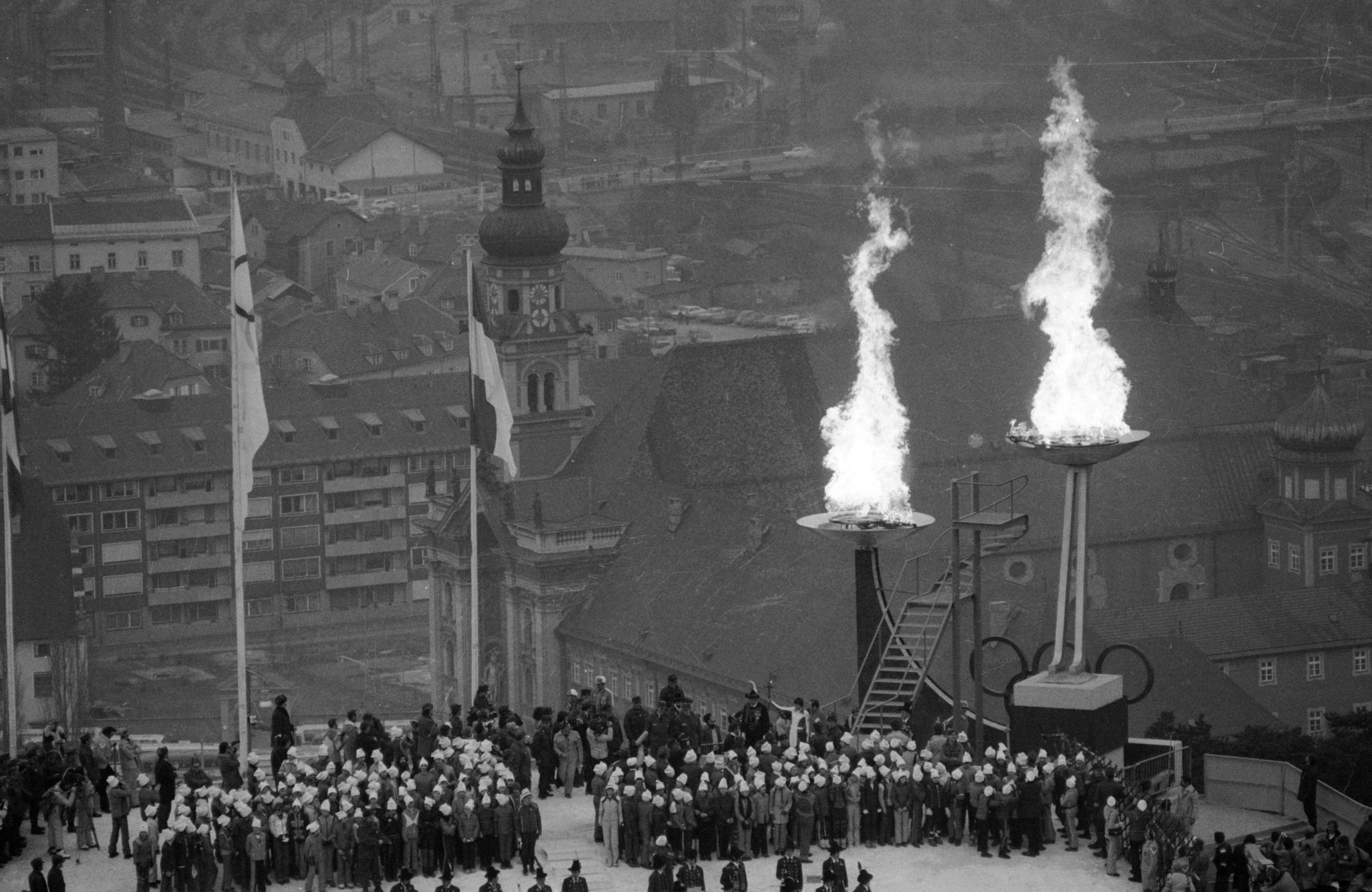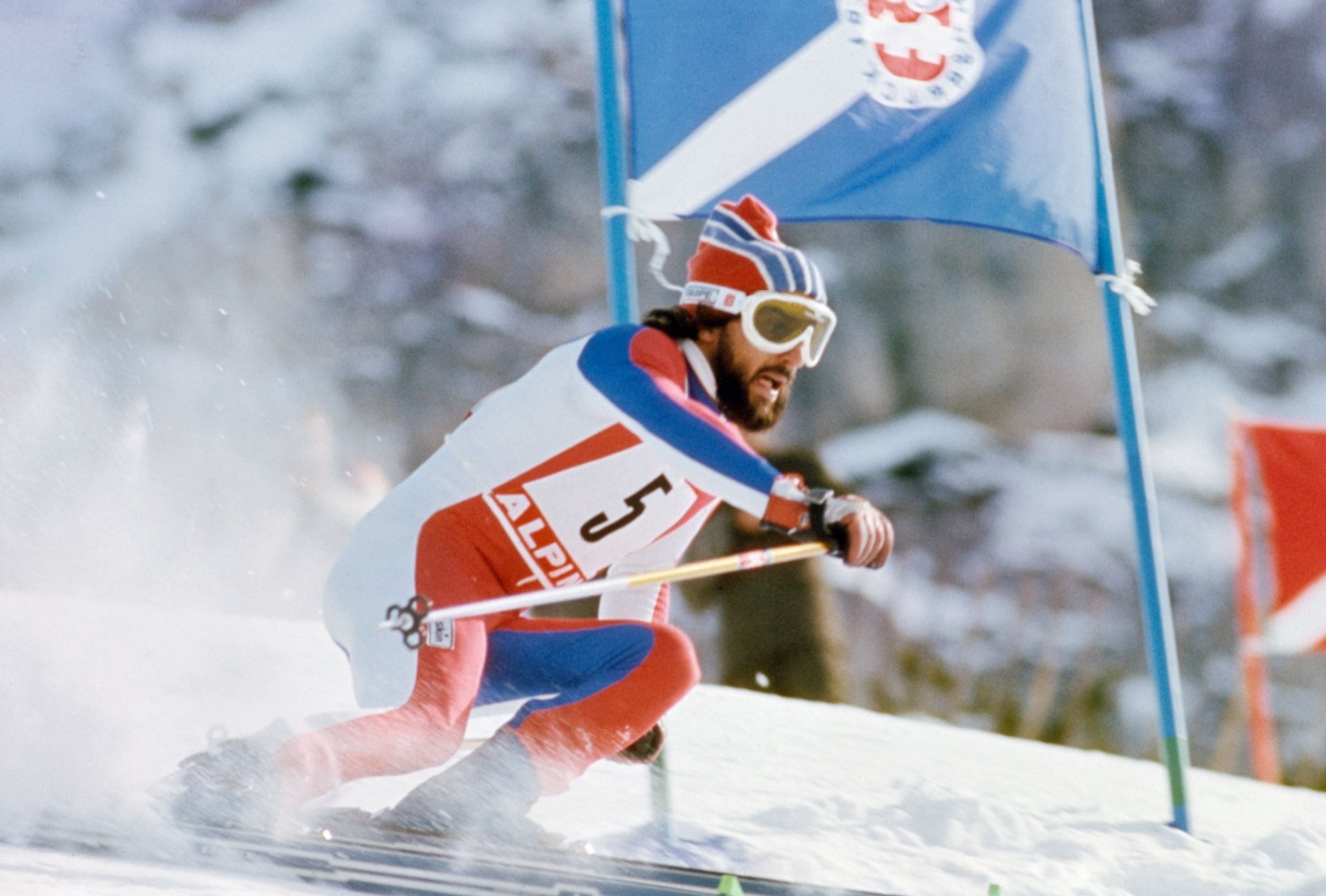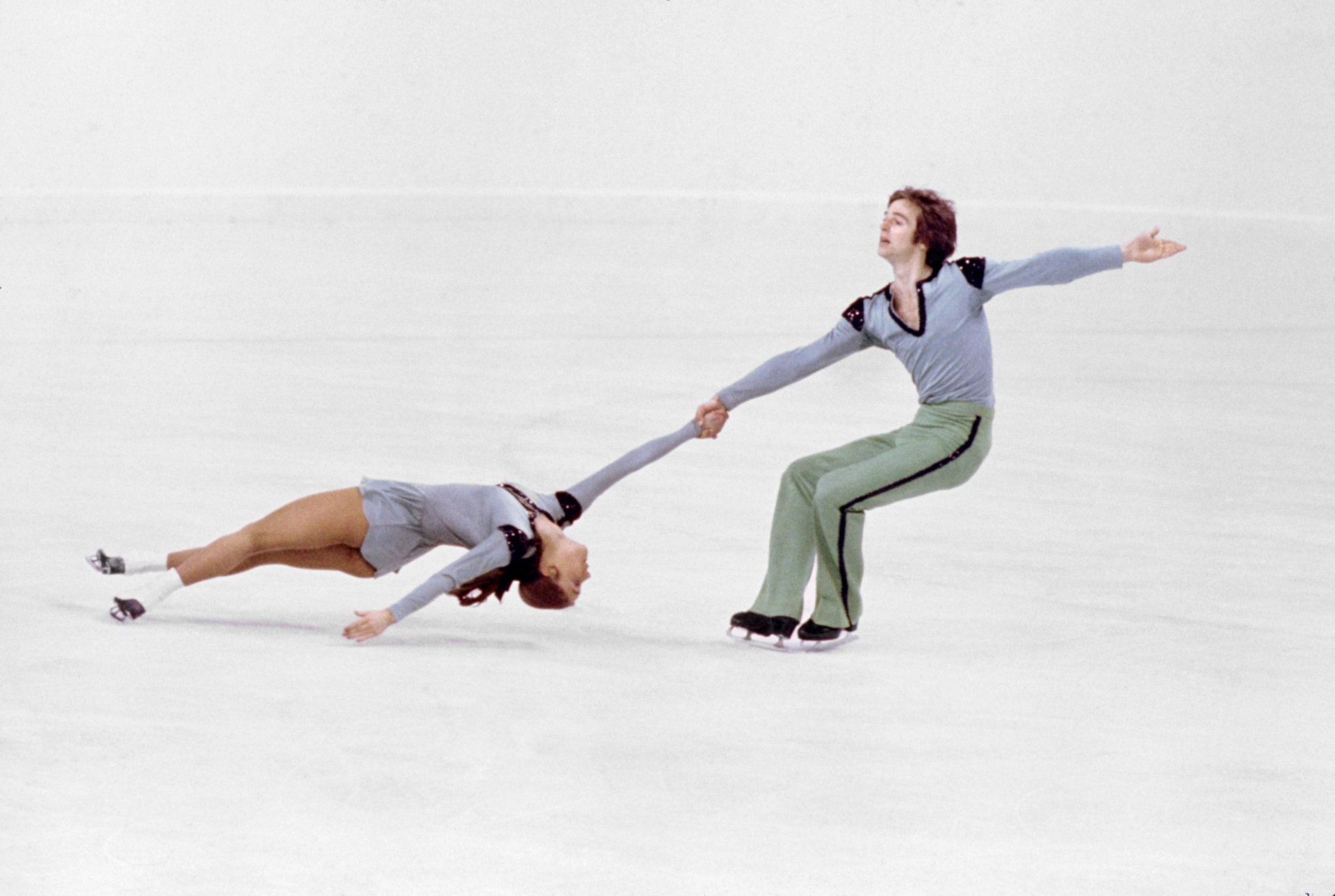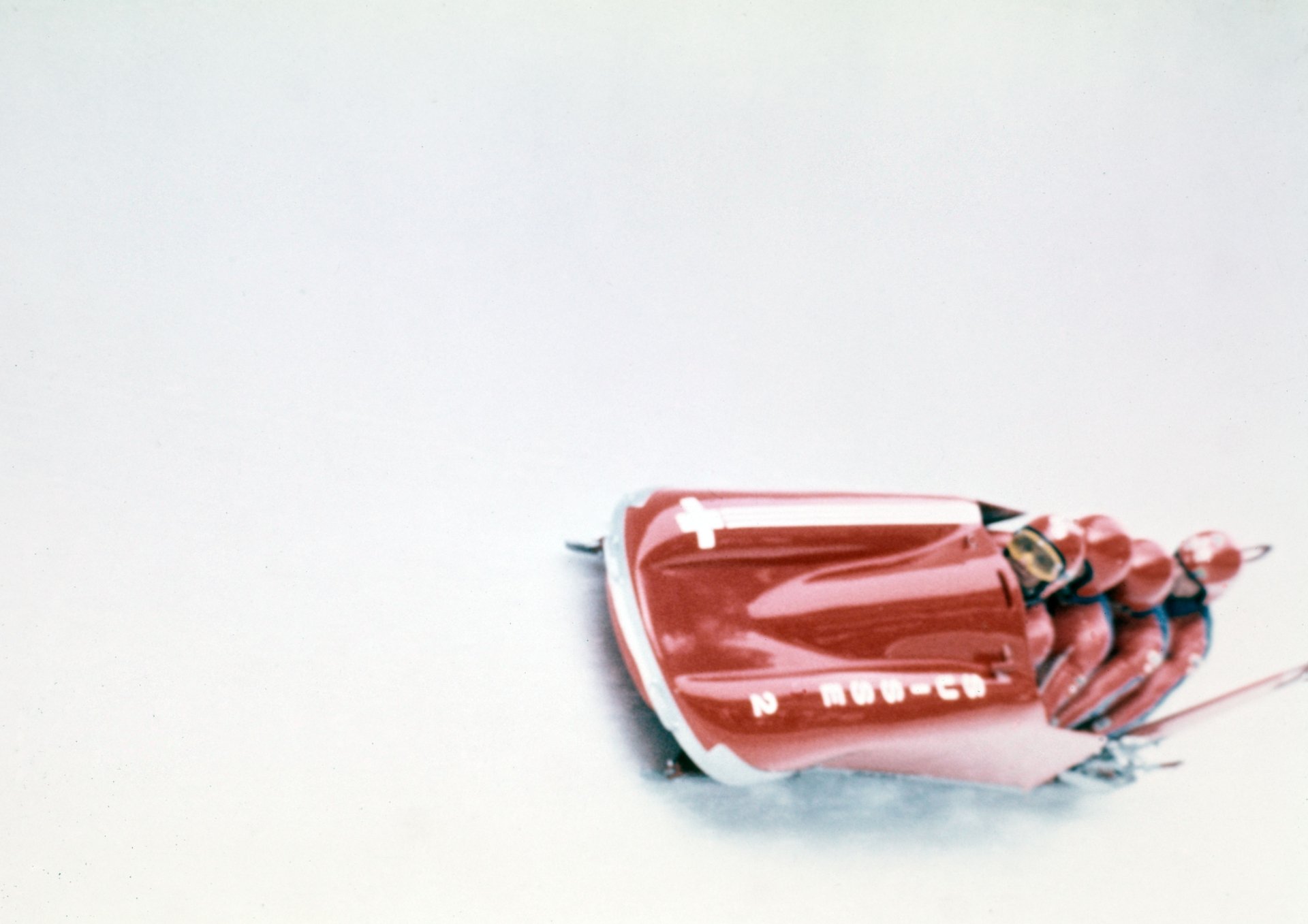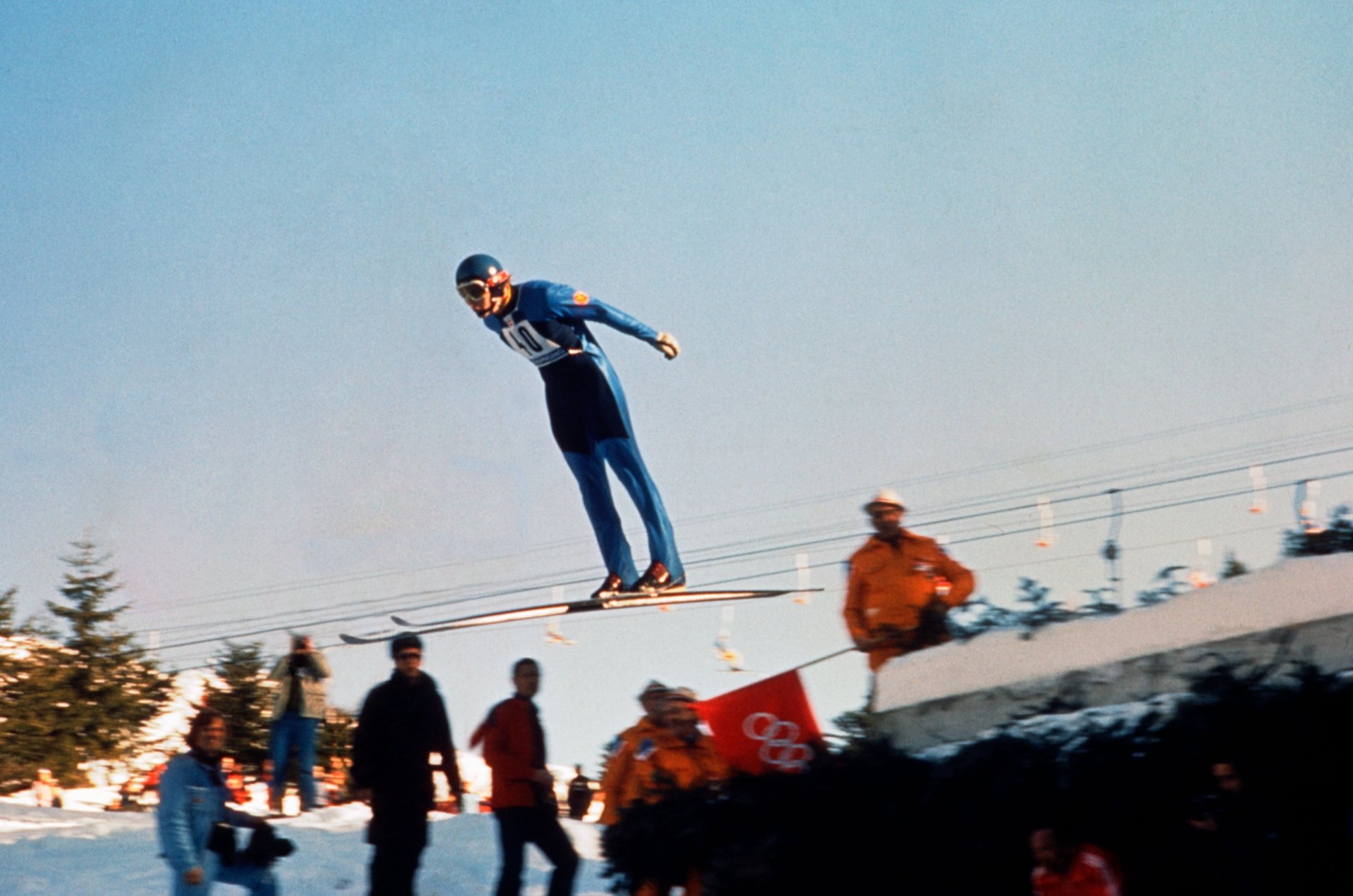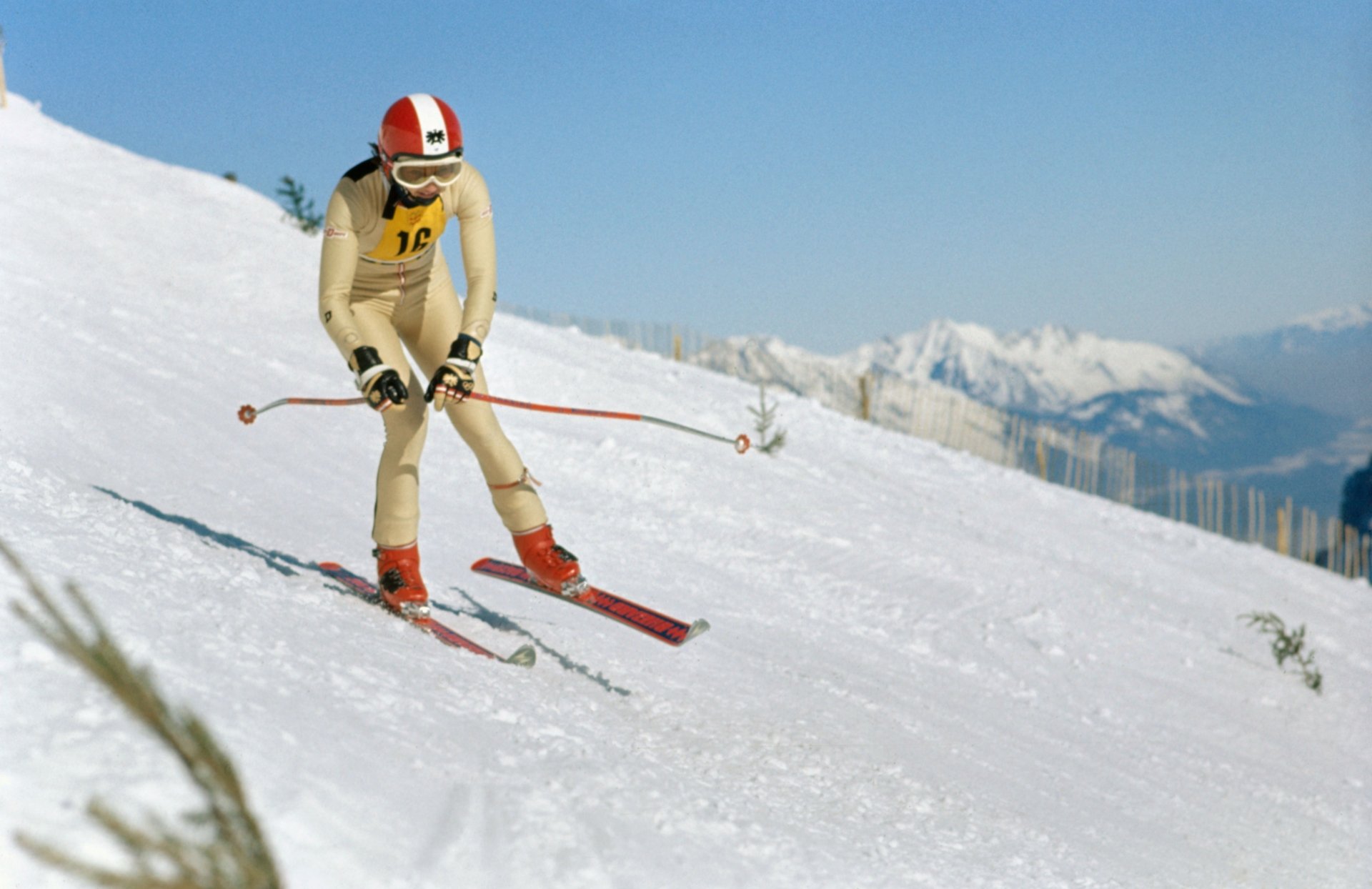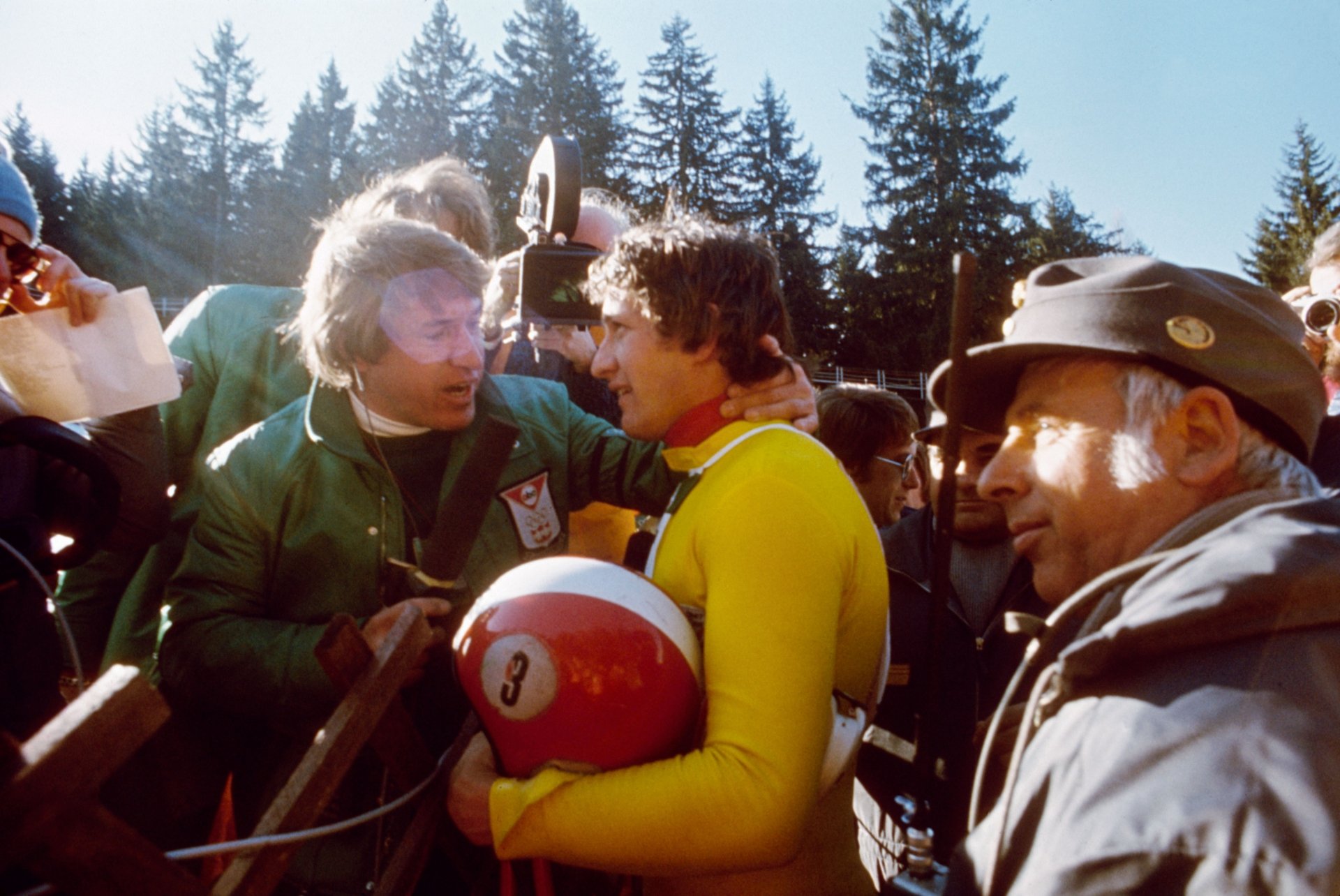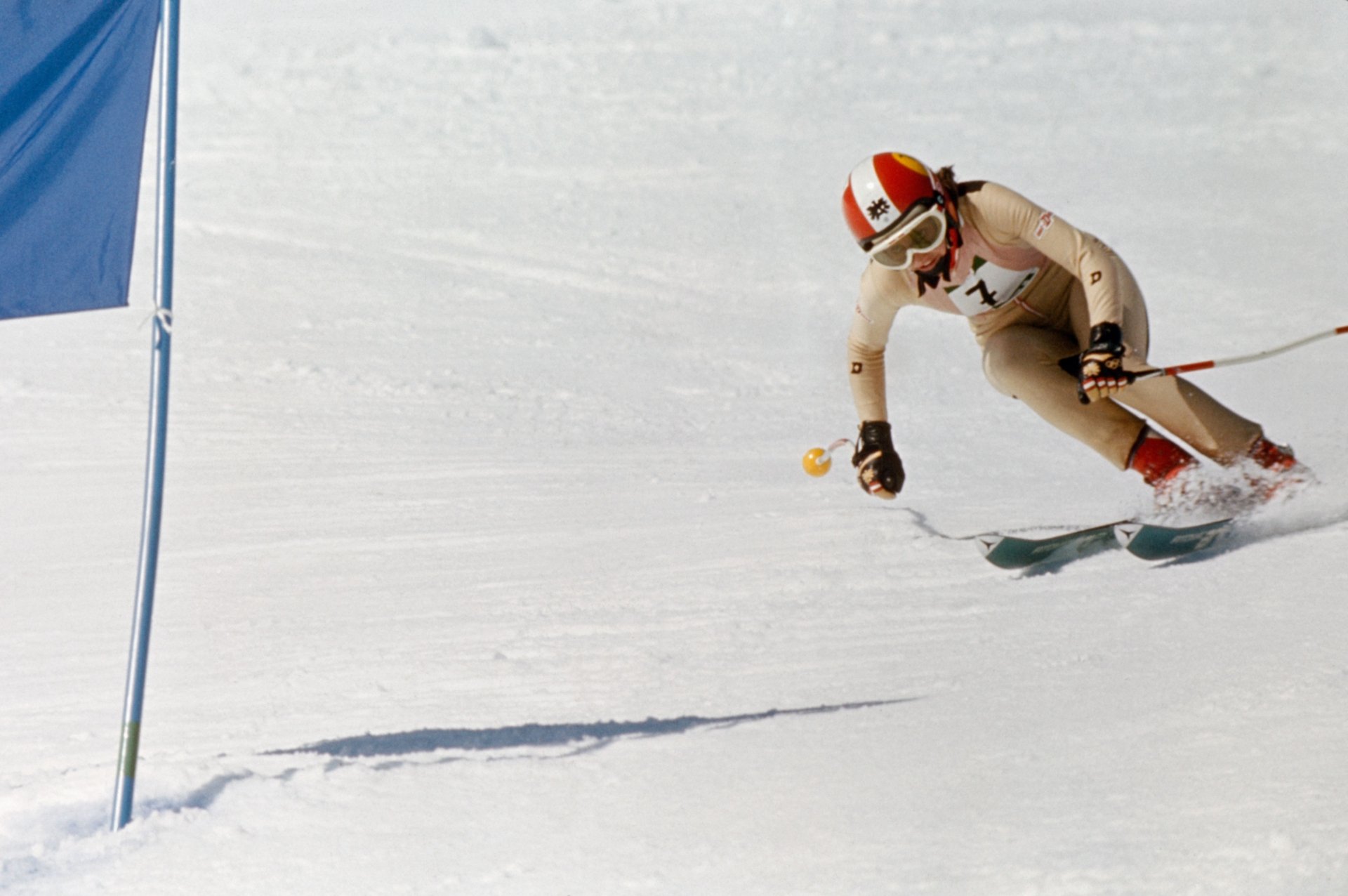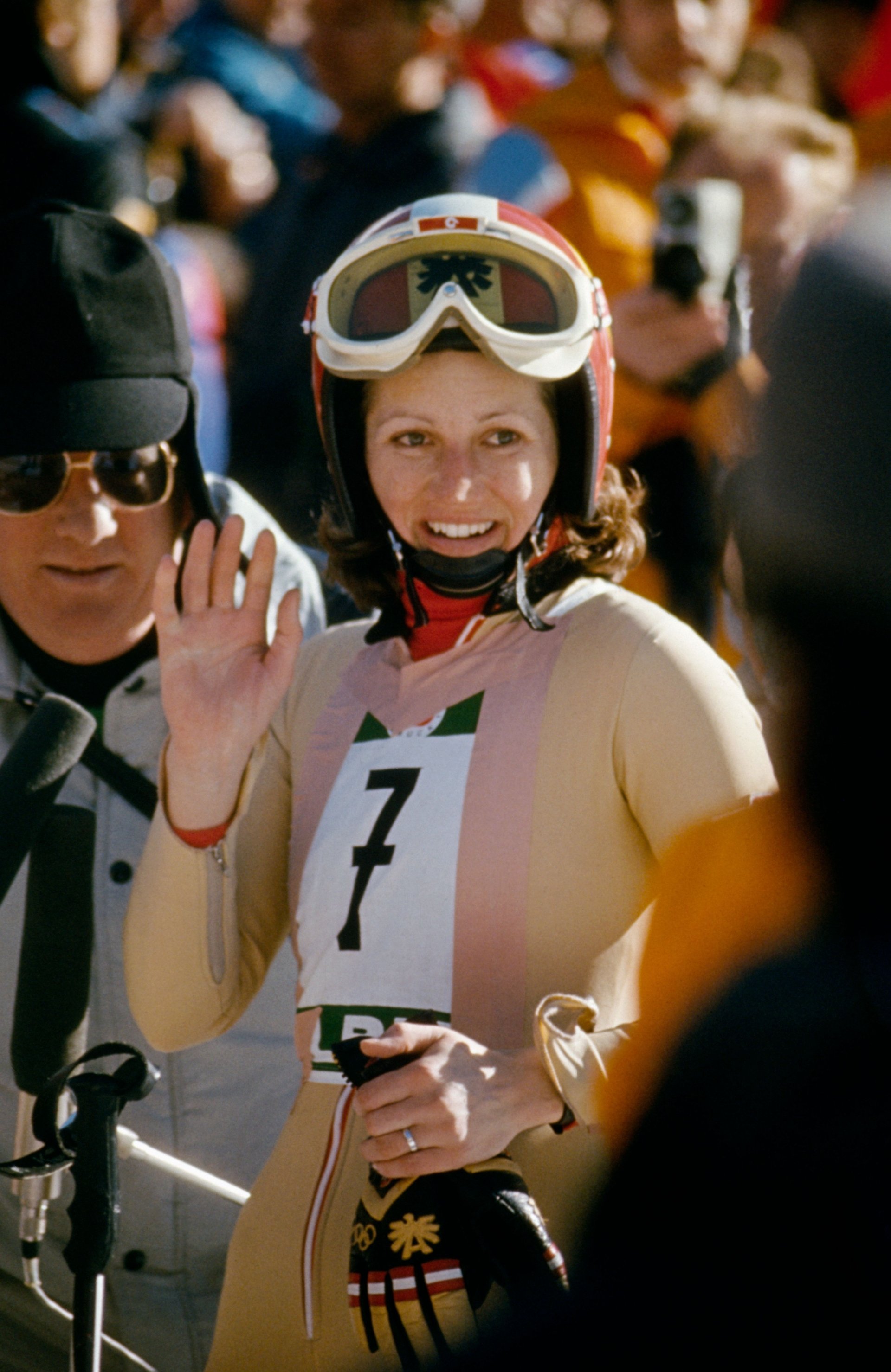12 years after Innsbruck hosted the Winter Olympics for the first time, the Olympic flame was once again lit in the Tyrolean capital. From 4 to 15 February 1976, Innsbruck was once again the focus of world sporting attention as the venue for the XII. Winter Olympics, Innsbruck was once again the centre of world attention.
Innsbruck was awarded the contract after Denver (Colorado/USA) had to return the Games in 1972 for financial reasons and due to opposition from the population. After the extremely successful 1964 Games, which had given Innsbruck a major modernisation boost and attracted a great deal of attention from the world public, Innsbruck was once again awarded the bid.
The fact that the state of Tyrol and the city of Innsbruck, as well as the Austrian federal government, were 100% behind the bid was also a decisive factor. The organisers also promised a return to "simple" games. The cost of the Games was estimated at 500 million schillings (approx. 36,340,000 euros). This amount was rather low because the sports facilities from 1964 had to be used and merely supplemented and because other, already pending urban development measures were brought forward. The majority of the population was also very positive about the second Winter Games after the positive experiences of 1964.
With a great deal of enthusiasm and experience, Innsbruck also made the XII. Olympic Winter Games into an unforgettable event. In terms of spectator interest, the 1976 Games were already on a completely different scale to the 1964 Games, with around 1.5 million people making the pilgrimage to the various sports venues between 4 and 15 February, setting a new world record. And on 4 February 1976, 600 million television viewers from all over the world watched the opening ceremonies in the Alpine city of Innsbruck.
Due to the late awarding of the Games (awarded on 4 February 1973), Innsbruck had relatively little time to plan the event. Nevertheless, the 1976 Games can also be considered a success. The 1976 Olympic Games focussed on sustainability. In the run-up to the Games, the existing sports facilities from 1964 only had to be partially renovated. A completely new bobsleigh and luge track was built in Igls. In addition to the construction of sports facilities, Innsbruck underwent numerous urban development changes. The largest secondary school in western Austria at the time was built, and the press centre was used by the university after the Games. New flats were built in the O-Dorf and new transport links were added. Innsbruck was the first city in western Austria to have colour television.
In contrast to 1964, the 1976 Games were already more commercial and associated with some media hype. The athletes, especially those from the USSR, GDR and the United States, were also much more professional in terms of sponsors, training intensity and equipment.
Preparations
In the run-up to the Games, some of the existing venues had to be renovated, such as the Bergisel ski jumps. The bobsleigh and luge track in Igls and an air dome for figure skating training on the Tivoli grounds were built as new sports facilities .
The new building of the Pedagogical Academy, which was brought forward for this purpose, served as a press centre. The Austrian Armed Forces were significantly involved in many measures, such as the routing and preparation of the cross-country ski trails and slopes, cable laying, etc.
Apart from the construction of sports facilities, extensive urban development measures were also undertaken, which would have been necessary anyway. These included the new Reichenau bridge, the newly built IVB hall (used as a television centre) as well as numerous road construction projects and other measures. The city also expanded the "old" Olympic Village from 1964 to include flats, a leisure centre, secondary school and indoor swimming pool. This expansion was already planned before the Games were awarded and was simply brought forward.
Opening ceremony
On 4 February 1976, the opening ceremony took place in the Bergisel Stadium in front of over 60,000 spectators. Two Olympic fires were lit: the first by ski racer Christl Haas for the 1964 Games, the second by Austrian luge athlete Josef Feistmantl for the 1976 Games.
The Olympic oath was taken - on behalf of all participants - by the athlete Werner Delle-Karth and the judge Willi Köstinger. 600 million viewers around the world watched the event on television.
On 15 February 1976, the XII Olympic Winter Games ended with the closing ceremony in the Olympic Hall.
Competitions
1261 male and 248 female athletes from 37 nations took part in 37 competitions in the following sports:
- Bobsleigh
- Biathlon
- Ice hockey
- Figure skating
- Speed skating
- Alpine Skiing
- Nordic skiing
- Luge
Mascot
After there was an Olympic mascot for the first time at the 1972 Olympic Games in Munich, the 1976 Winter Olympics in Innsbruck also had a mascot. The "snowman" with his red Tyrolean hat, black button eyes and carrot nose was omnipresent. Favoured by some, controversial by others, but in any case a kind of pioneer in the history of Olympic Games mascots.
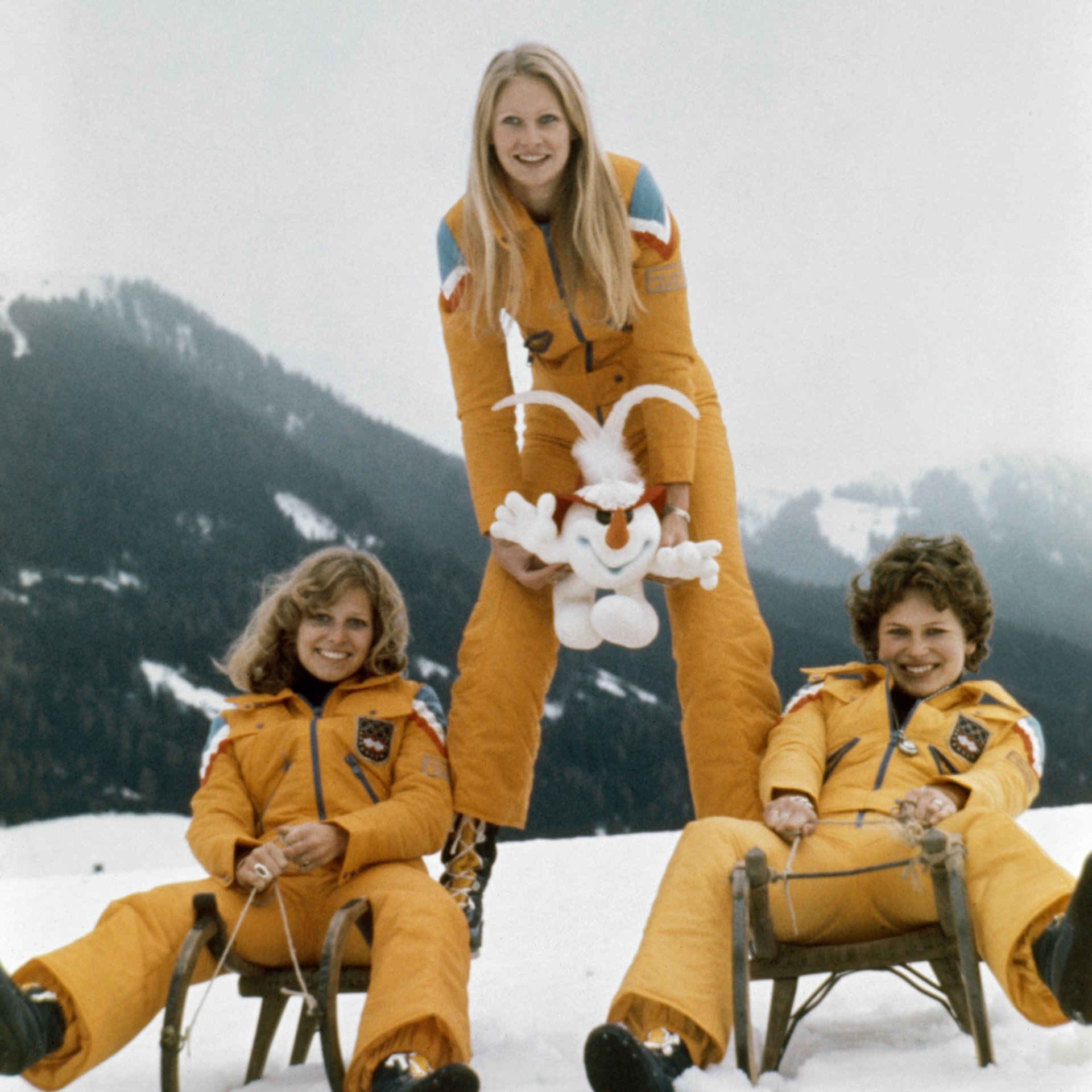
Athletes in the Olympic Village with the snowman mascot© 1976/International Olympic Committee (IOC)
Medals
Medal table 1976
| Place | Nation | Gold | Silver medal | Bronze |
|---|---|---|---|---|
| 1. | Soviet Union | 13 | 6 | 8 |
| 2. | GDR | 7 | 5 | 7 |
| 3. | USA | 3 | 3 | 4 |
| 4. | Norway | 3 | 3 | 1 |
| 5. | FRG | 2 | 5 | 3 |
| 6. | Finland | 2 | 4 | 1 |
| 7. | Austria | 2 | 2 | 2 |
| 8. | Switzerland | 1 | 3 | 1 |
| 9. | Netherlands | 1 | 2 | 3 |
| 10. | Italy | 1 | 2 | 1 |
Winners from Austria
From a sporting point of view, the games were rather mediocre for the host nation Austria. But one name will probably remain forever associated with the games: Franz Klammer. The 22-year-old Carinthian raced to Olympic gold in the downhill right at the start of the Games on 5 February and was frenetically celebrated.
After this great start, the expectations for the Austrian athletes were high, but could not quite be fulfilled - Austria finished 7th in the nations ranking. Other bright spots were the ski jumpers, who won half of the Austrian medals. Karl Schnabl and Toni Innauer flew to gold and silver on the large hill on the final day, helping the hosts to a conciliatory finish.
Gold medals
- Franz Klammer (downhill)
- Karl Schnabl (ski jumping large hill)
Silver medals
- Brigitte Totschnig (downhill)
- Toni Innauer (ski jumping large hill)
Bronze medals
- Karl Schnabl (ski jumping normal hill)
- Rudolf Schmid and Franz Schachner (doubles luge)
This might also interest you:
Contact
Opening hours
Office:
Monday to Thursday:
8.00-12.00 and 13.00-16.00
Friday:
8.00-12.00
Phone:
Monday to Thursday:
8.00-16.00
Friday:
8.00-12.00
